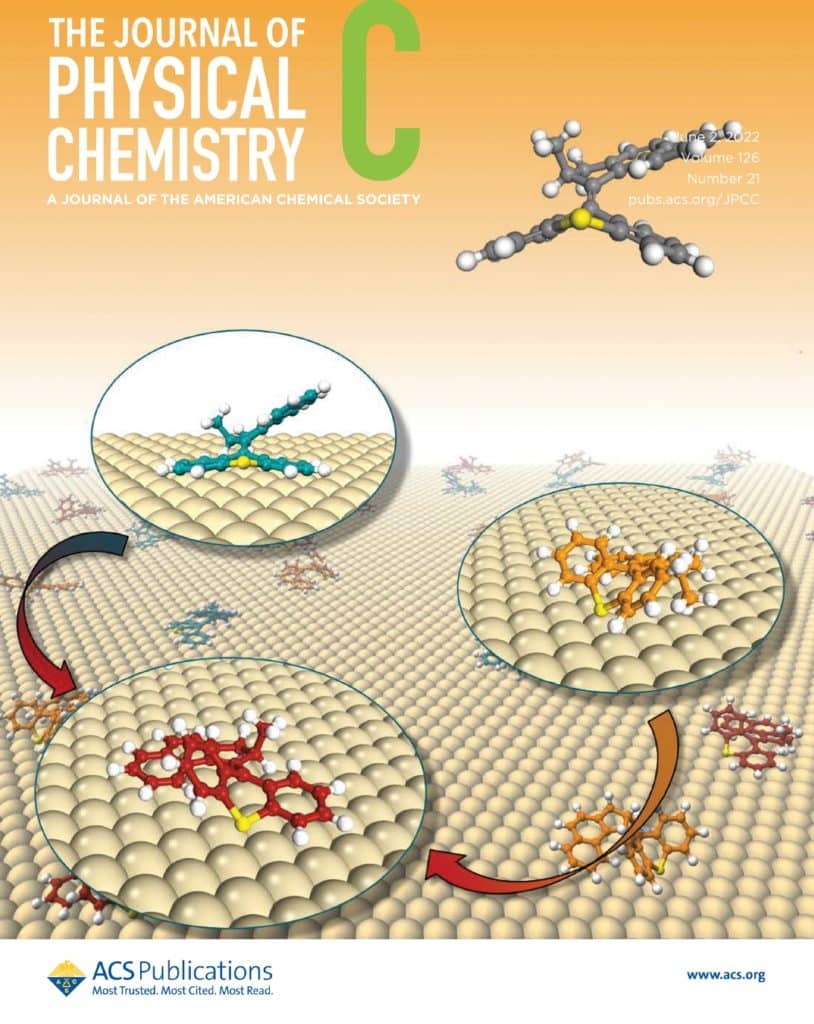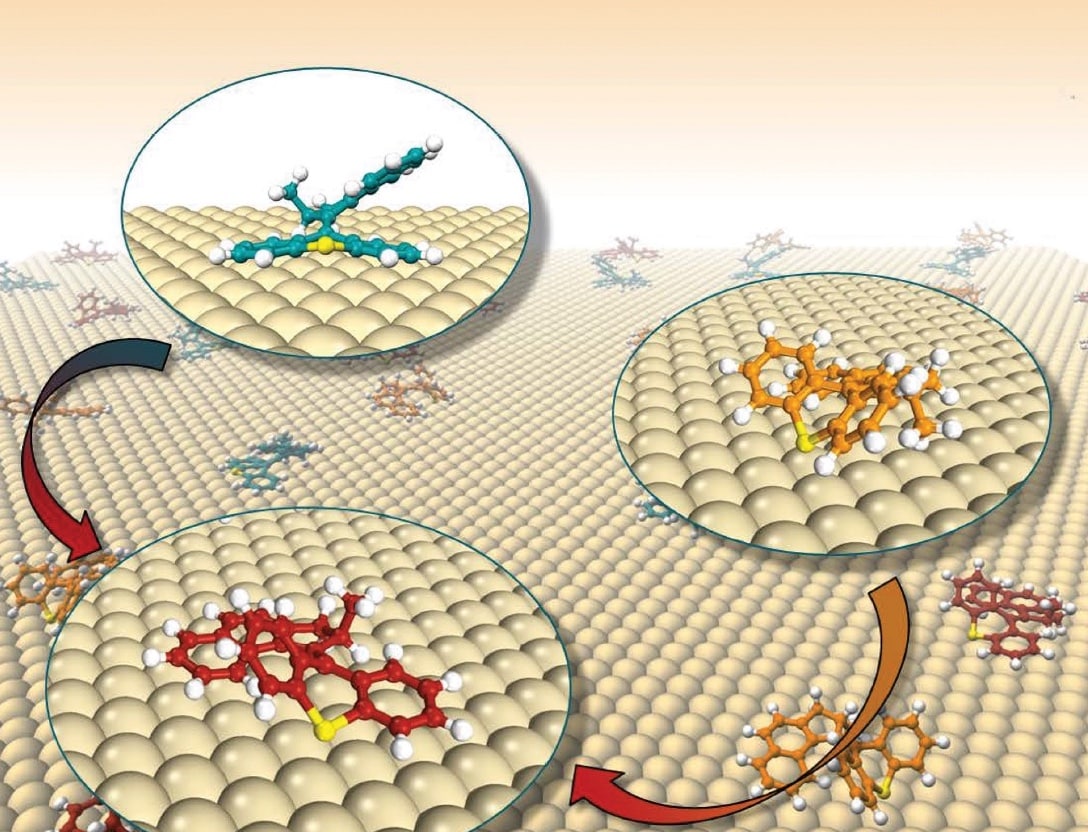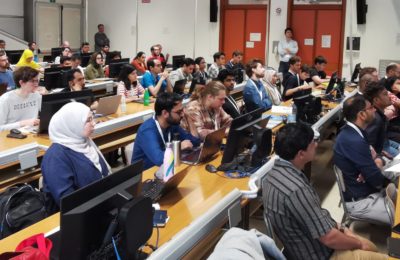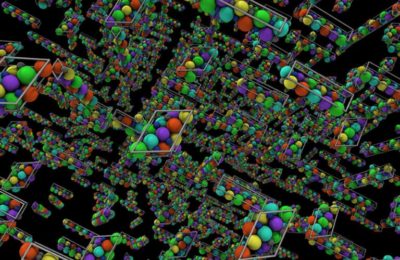Molecular motors (MMs) are able to convert electrical, optical, or chemical energy into controlled motion. Usually active in biological matter, these processes are mimicked in artificial MM in solution, which have seen enormous developments during the last decades. Deposition at a surface is however essential to realize one of the potential applications of MMs, i.e. their usage in molecular machines for the transport of material along a given path. While the presence of a substrate offers the advantage to constrain the motion in 2 dimensions, it also brings in additional issues, since the molecule-surface interaction could inhibit molecular motion either via strong adsorption, or by quenching electronic states which are required for the chemical process. Understanding and optimizing the molecular motion at surfaces thus becomes an extremely challenging task.
An international team of researchers from the University of Graz, Cnr Nano, University of Padua and Rice University used a combination of scanning tunneling microscopy and density functional theory to show how the adsorption of motor molecules on a metallic surface can affect the energetics of the molecular conformations. The study is published on The Journal of Physical Chemistry C, and appears on one of the journal covers.
Experiments were performed in the group of Leonhard Grill by Monika Schied and coworkers at the Department of Physical Chemistry, University of Graz, while Deborah Prezzi from Cnr Nano Modena and Stefano Corni from University of Padua conceived and carried out the simulations and their analysis. Molecules were synthesised by the group of James M. Tour at Rice University.
“Molecular motors were deposited on a Cu(111) surface and STM imaging was exploited to determine molecular conformations on the surface”, explains Deborah Prezzi from Cnr Nano. “With the support of atomistic simulations, it has been possible to demonstrate how the molecule potential energy surface is altered by the presence of the substrate and, more specifically, how this is reflected on the preferred intramolecular conformations of the molecule, which are known to play a crucial role in the motor rotary cycle that characterizes the MM motion in solution. Investigations of the molecular dynamics on substrate are currently in progress to finally assess weather and how the molecular motor motion is modified upon adsorption”.
Article reference:
Inverted Conformation Stability of a Motor Molecule on a Metal Surface, Monika Schied, Deborah Prezzi, Dongdong Liu, Peter Jacobson, Stefano Corni, James M. Tour, and Leonhard Grill, The Journal of Physical Chemistry C 2022 126 (21), 9034-9040 DOI: 10.1021/acs.jpcc.2c00406




